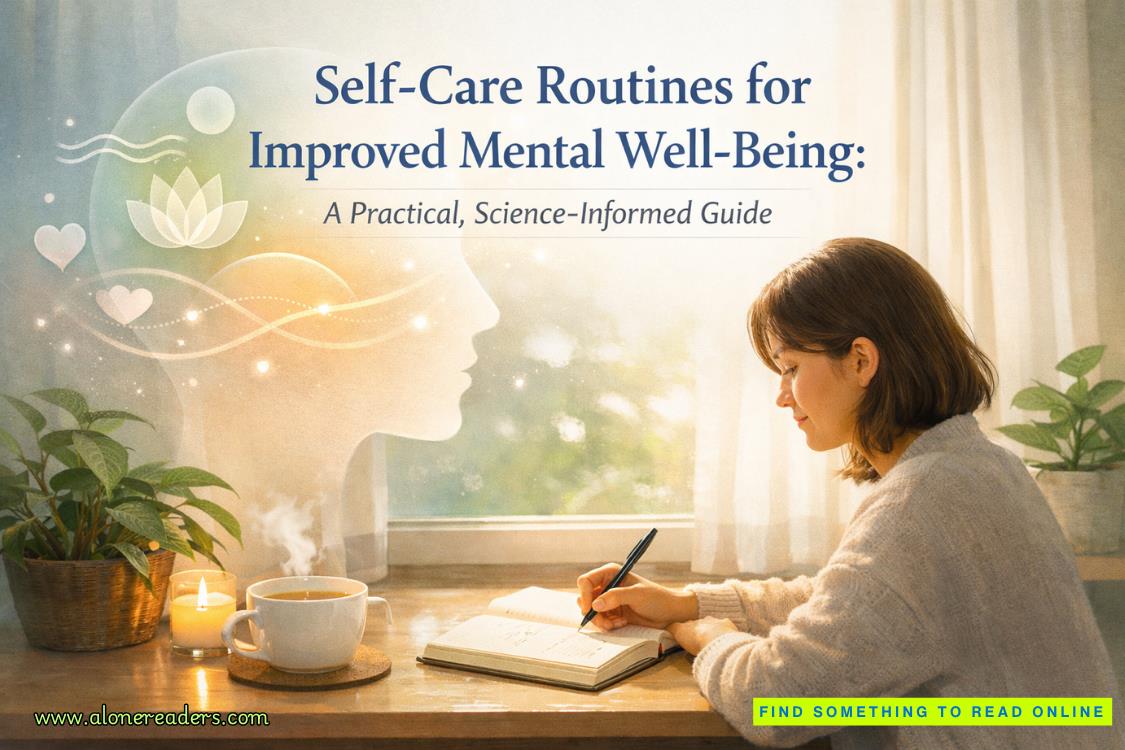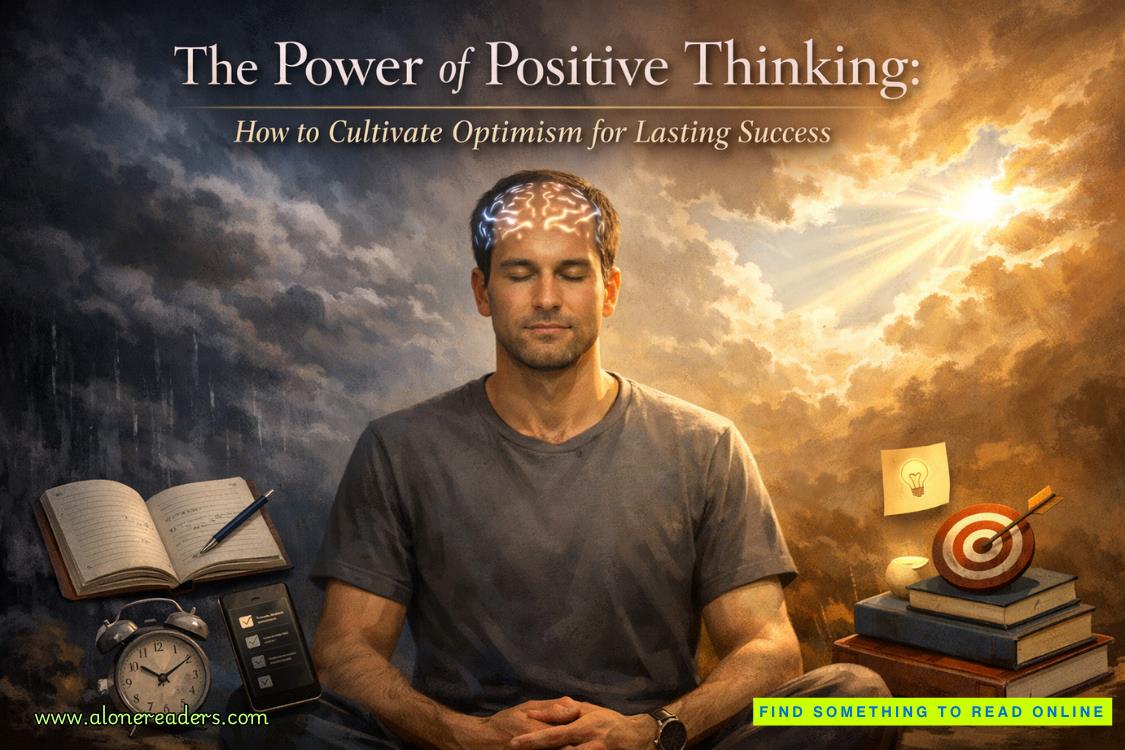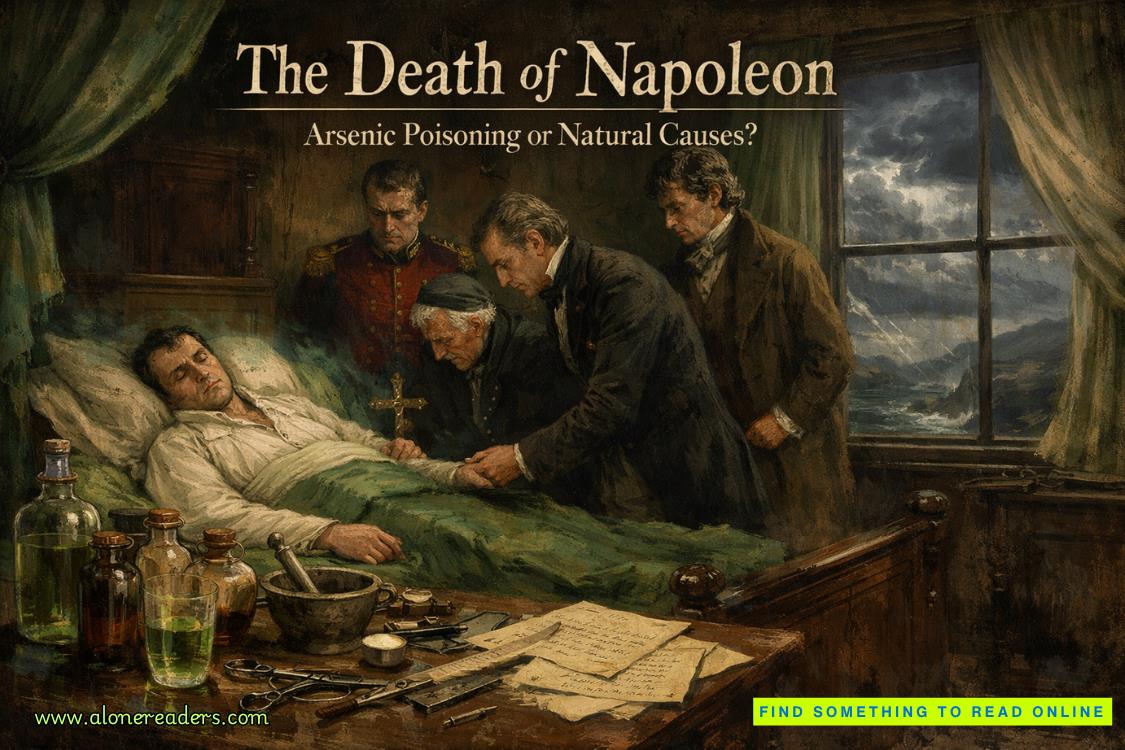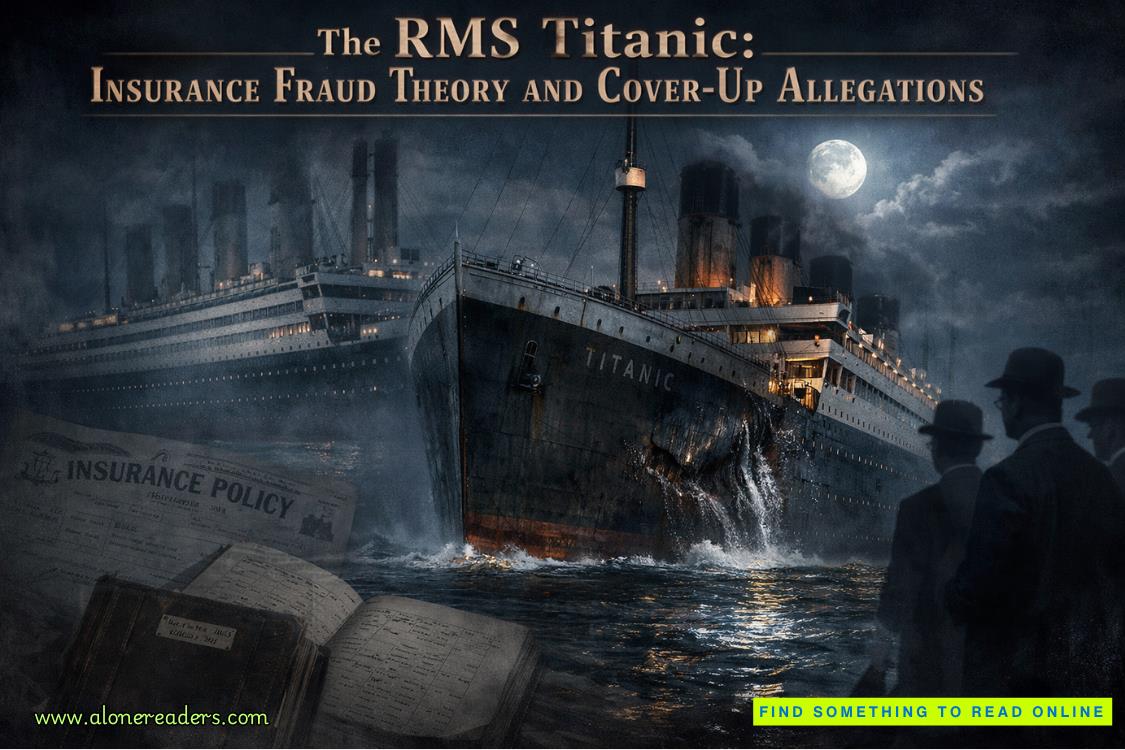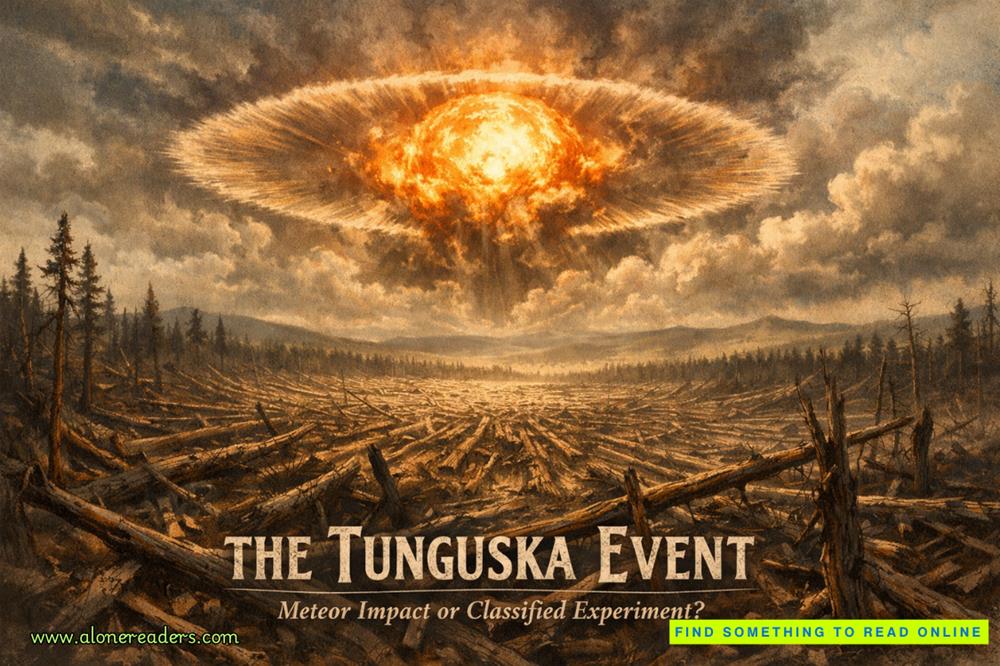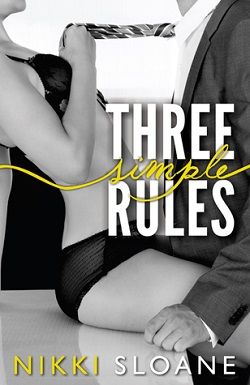“The main floor.About halfway up.”
She drops her jaw.“Those tickets must have been expensive.”She points upward.“I’m normally sitting in the nosebleeds when I’m here.”
I flash her a smile.“No woman of mine will be sitting in the cheap seats.”
She bites her lip.“So I’m your woman now?”
“I didn’t hear any protests when I referred to you as my girlfriend the other day.”
She grins.“There’s no arm I’d rather be on than yours, Maddox.”
We walk into the main floor and take our seats.Stage lights flood the performance space, which is filled with black chairs, music stands, and a grand piano just right of center.Several instrumentalists are already onstage, looking through their sheet music or playing licks of the upcoming performance.
I look down at my program.“Looks like it’s not just the Shostakovich symphony tonight.They’re starting the evening off with Beethoven’s fifth piano concerto.”
She nods.“Yes.Usually at least two pieces are programmed for a concert.The symphony is the main course, but you get a little appetizer first.The piano concerto is fantastic.You’ll love it.”
I wrinkle my forehead.“And what exactly is the difference between a concerto and a symphony?”
Her entire face brightens.“A symphony is a multimovement work for the whole orchestra.Usually it starts off with an exciting first movement, followed by a contrasting slower one.Third movement is dancelike, and the fourth is the finale, which is usually fast paced and exciting like the first movement.”
“And a concerto?”
“A concerto is a piece where a soloist—a pianist or violinist usually, but it could be any instrument—is featured, and the themes of the work are traded off between him and the rest of the orchestra.Concertos—concerti, technically—are usually shorter.Three movements.Fast, slow, fast.”
“And when you say movements…”
“Of course.A movement is a section of the work as a whole.A work within a work.Like a scene in a movie.And this is what’s most important”—she grabs my hands—“you shouldn’t applaud until the piece as a whole is over.”
“Why would I applaud when the piece isn’t over?”
“Because it oftensoundslike the piece is finished after the first movement.It usually ends with a bang, and it’s very tempting to applaud.But the conductor, who will stand right there”—she points at an elevated platform in the center of the stage—“will make it very clear when the piece is over.Worst case, just look at me.If I’m clapping, you’re good to go.”
I chuckle.“Lots of rules for listening to music.”
She shrugs.“It’s about decorum.You should take in the piece as a whole, allow it to settle into your bones, before showing your appreciation to the musicians.”
“What if someone else—somefoolin the audience—claps before it’s time?”
“Then they’ll get dirty looks from the more seasoned patrons.”She laughs lightly.“I won’t have that be you, Maddox.”
The rest of the orchestra has filed slowly onto the stage, and the audience lights dim.The chatter dies down quickly, and all eyes are on the stage.
A woman with a violin enters the stage, and everyone in the audience applauds.
“Is she the conductor?”I whisper into Alissa’s ear.
She shakes her head.“The concertmaster.First chair of the violin section.She’ll lead the orchestra in the tuning.”
She goes to the piano at the center of the stage and plunks a note down.
“Normally they tune to the oboe,” Alissa whispers.“But since there’s a piano in this piece, they have to tune to it instead.”
“Got it.”
The rest of the orchestra tunes to the note from the piano, and then the concertmaster takes her seat.
The lights shift again, focusing on the platform at the front.




